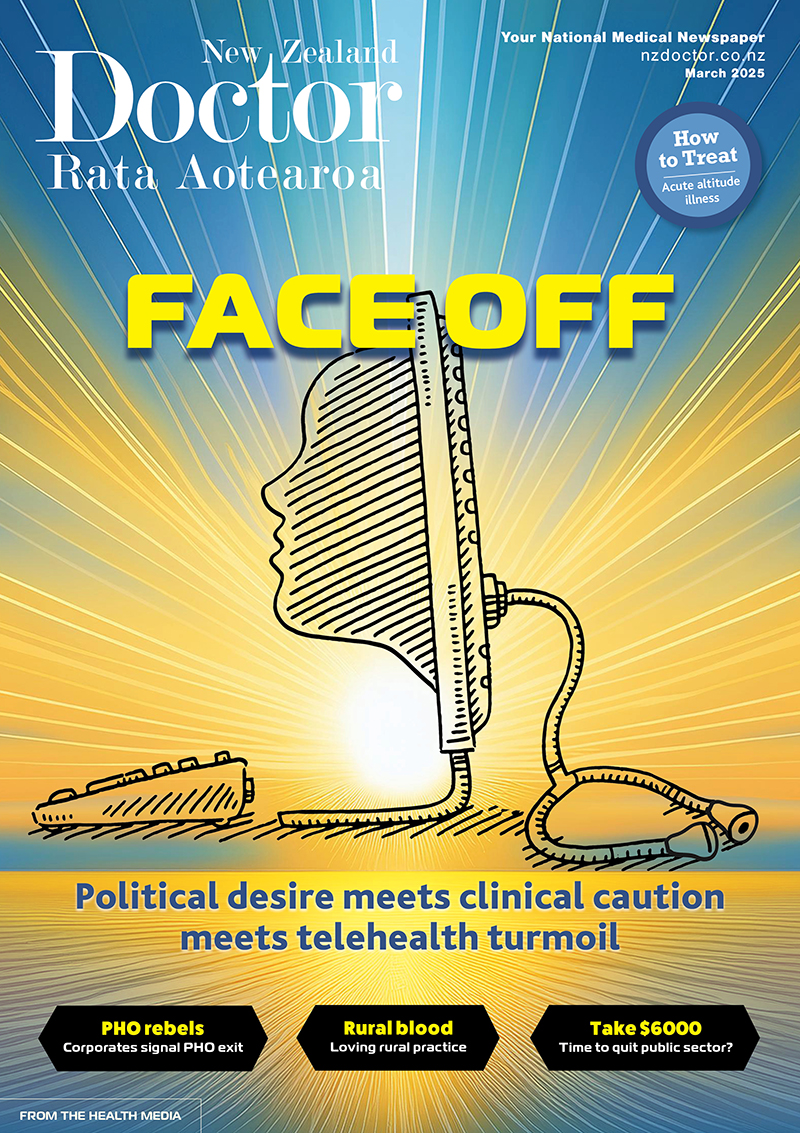Many people travel to high-altitude destinations, meaning clinicians are often faced with questions about how to prevent and treat altitude illness. Update your knowledge with this New Zealand Society of Travel Medicine summary of updated evidence-based guidelines with comments by senior lecturer Jenny Visser – it outlines the best prophylactic regimens, diagnostic approaches and treatment protocols for acute altitude illness
RANZCR urging further collaboration to ensure adult stroke victims receive highest quality care
RANZCR urging further collaboration to ensure adult stroke victims receive highest quality care

Health care providers should develop more efficient working models to ensure adult stroke victims receive the best possible care, The Royal Australian and New Zealand College of Radiologists (RANZCR) has said.
The Quality Imaging in Acute Stroke Management Position Paper, developed by RANZCR’s Faculty of Clinical Radiology (FCR), highlights the integral role diagnostic and interventional radiologists play in treating stroke victims through performing scans, image assessment and interpretation and vital image-guided treatment.
It also highlights how the real-time involvement of a clinical radiologist is integral for best treatment of an adult stroke patient. “Stroke poses a major burden to health systems in both Australia and New Zealand as one of the leading causes of death and disability,” RANZCR President Dr Lawler said.
“For example, it’s estimated that one million people in Australia will be living with the effects of a stroke by 2050i.
“In addition, strokes often occur in the middle of the night and can be an understandably terrifying ordeal for patients.
“Adult stroke victims need the best treatment as soon as possible to maximise their chances of recovery. Due to the time-critical nature of strokes, important treatment decisions must be made in a timely and accurate manner to ensure patients receive the best possible care. This underlines the need for involvement of both diagnostic and interventional radiologists, who each play a critical role in imaging assessment, interpretation and treatment.
“RANZCR calls on hospitals, health providers and health administrators responsible for funding acute stroke services to collaborate with clinical radiologists to develop sound service delivery plans and ensure departments are sufficiently resourced.”
The position paper also emphasises the important role innovative models of service delivery play in the quality of stroke care, particularly in remote and rural areas of Australia and New Zealand. These include the use of telehealth services and a greater role for ambulance services and paramedics in timely assessment, diagnosis and treatment of strokes.
“There’s been some great strides in stroke care over the last few years,” Dr Lawler said. “We have made excellent advances in technology – now we need to best use it for the benefit of patients.
“RANZCR has played a proactive role promoting the role of technology in best practice health care, most notably in its publication last year of Standards for Teleradiology.”
The statement is the latest initiative by RANZCR’s FCR, the peak bi-national body for setting, promoting and continuously improving the standards of training and practice in diagnostic and interventional radiology for Australian and New Zealand patients.



